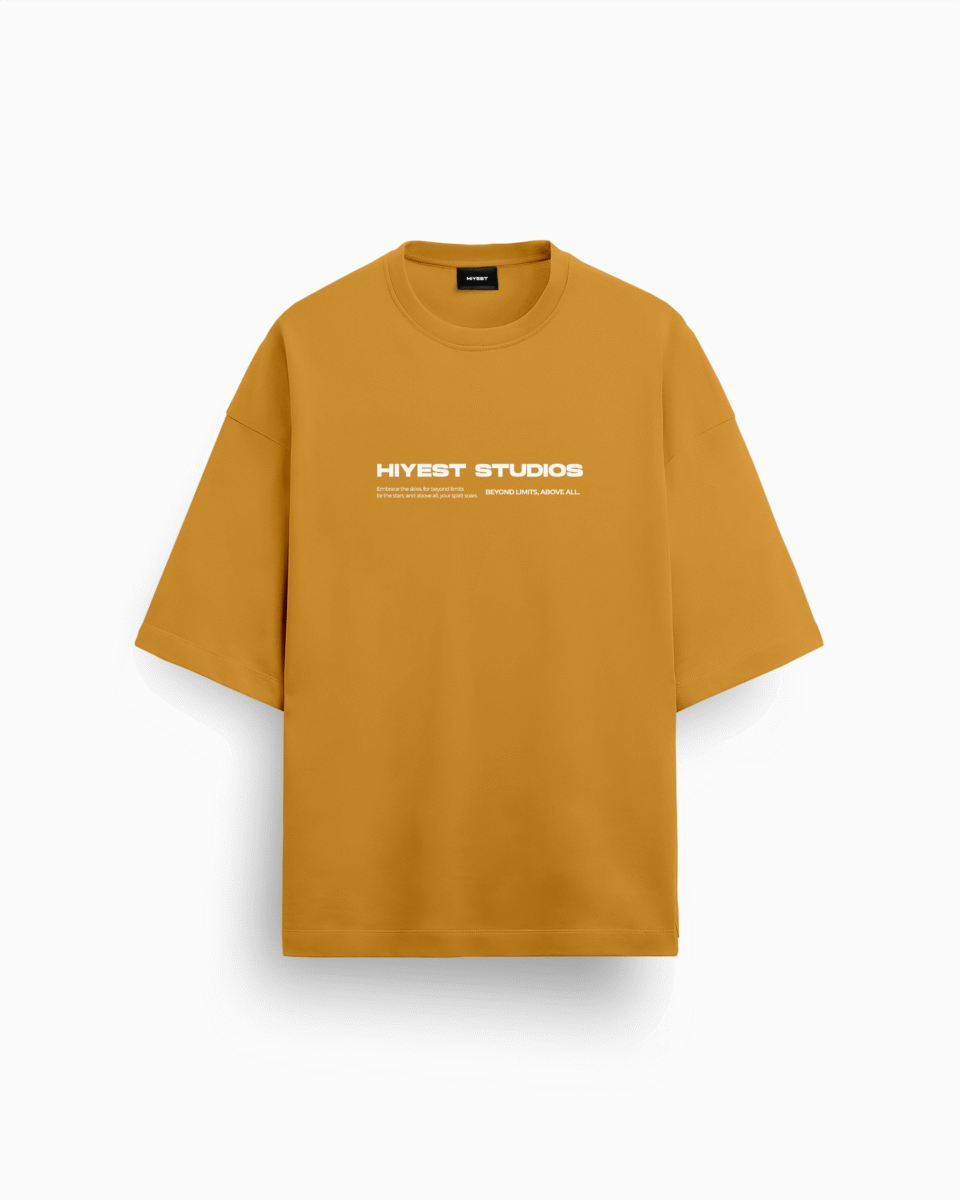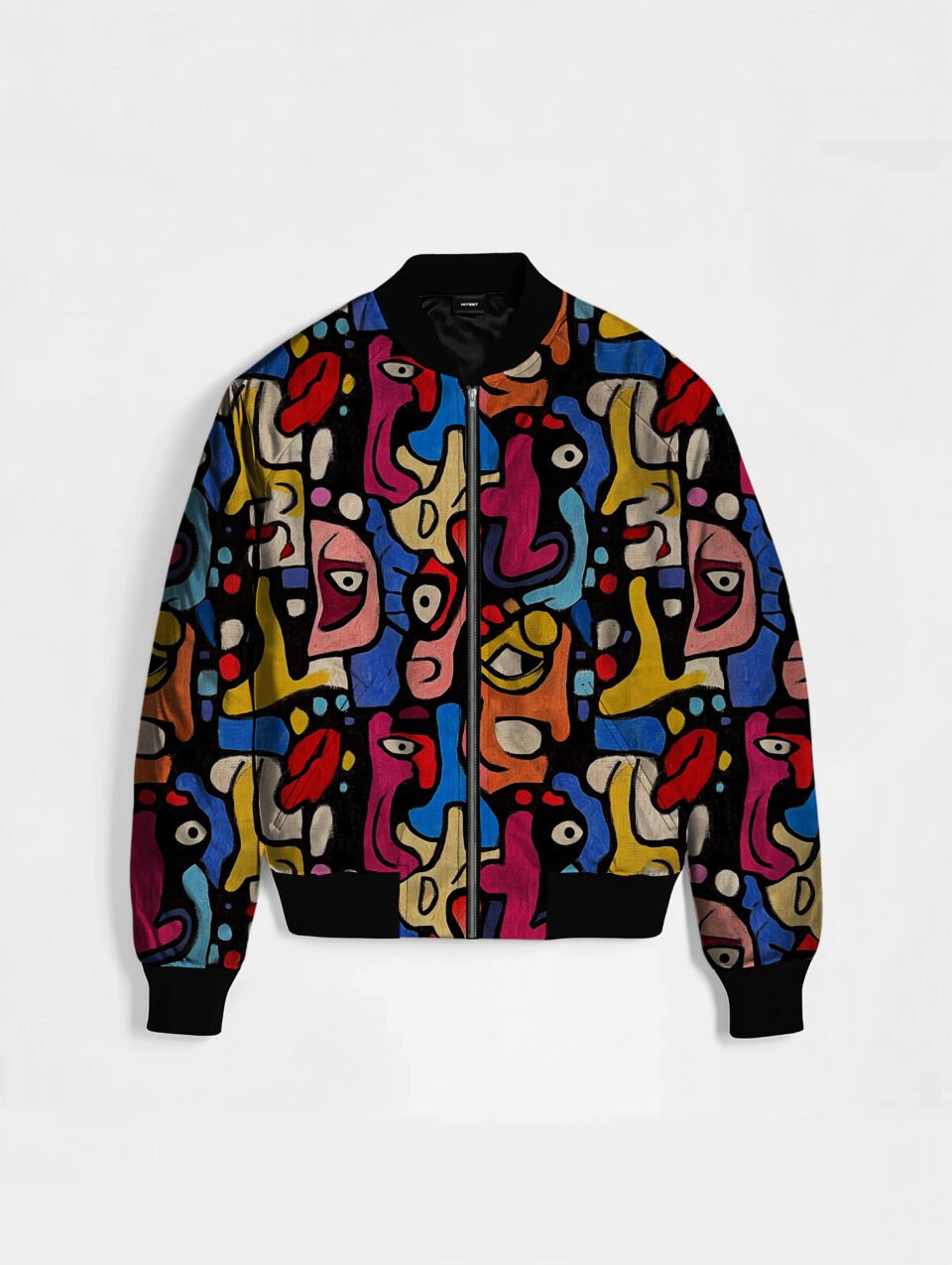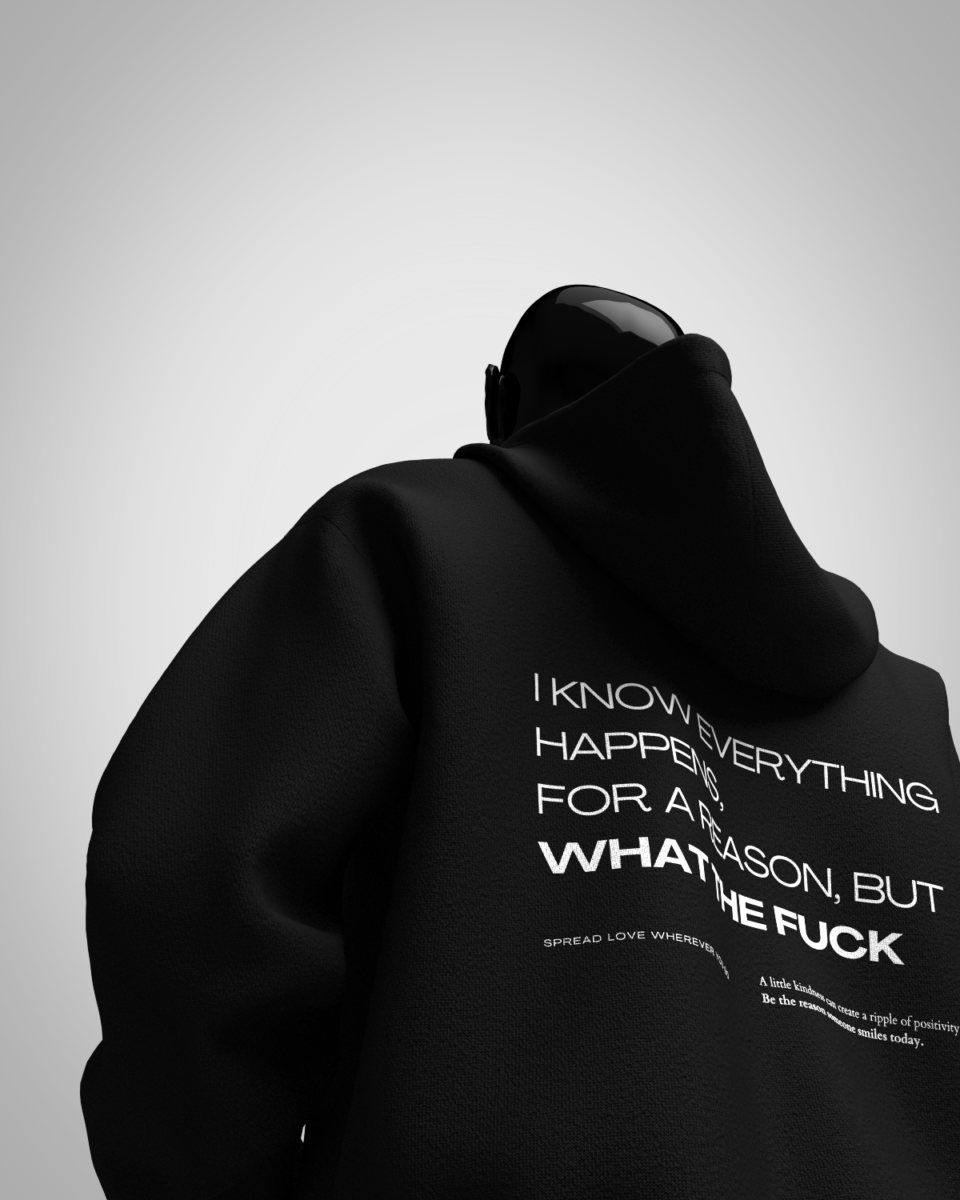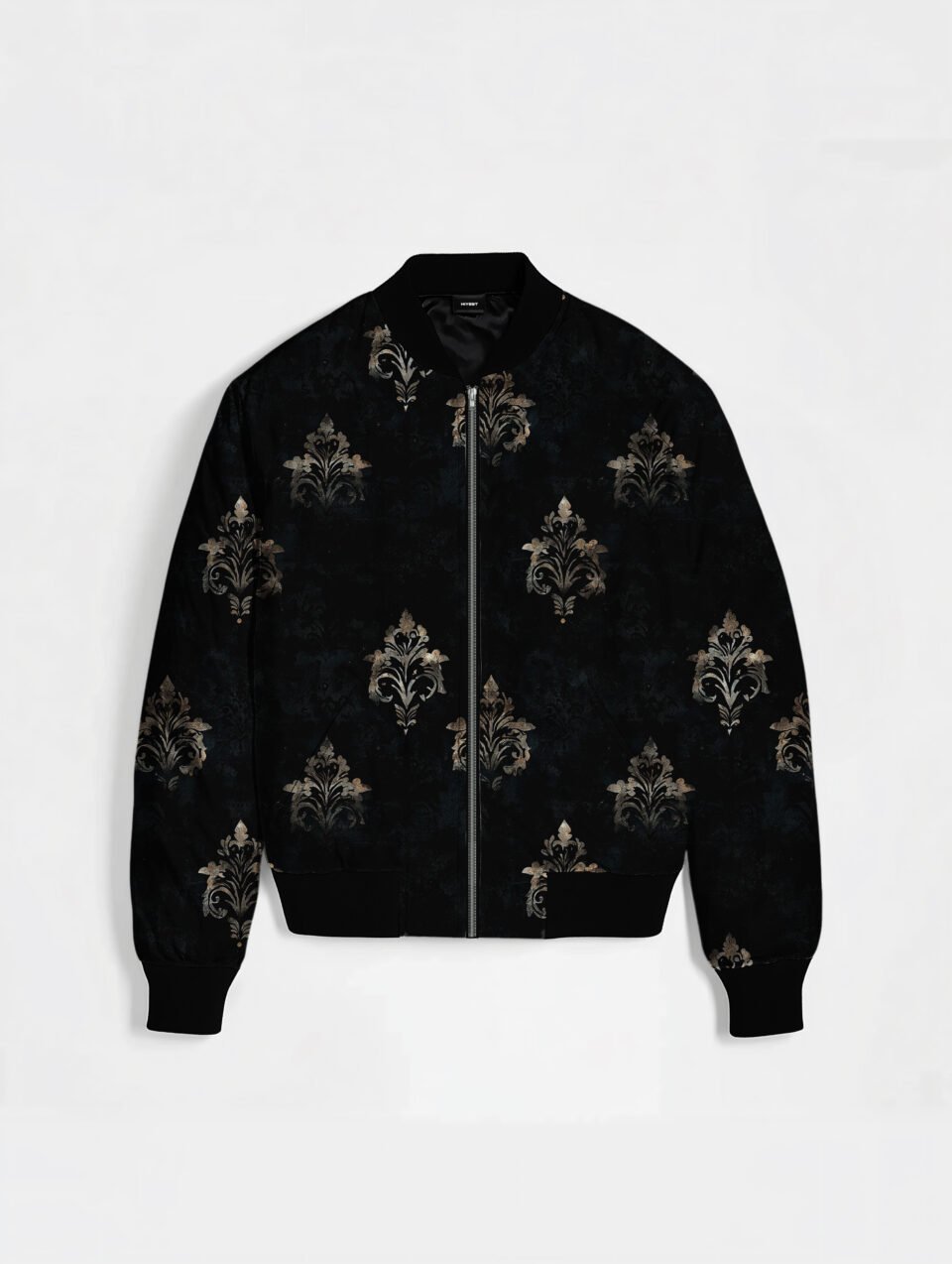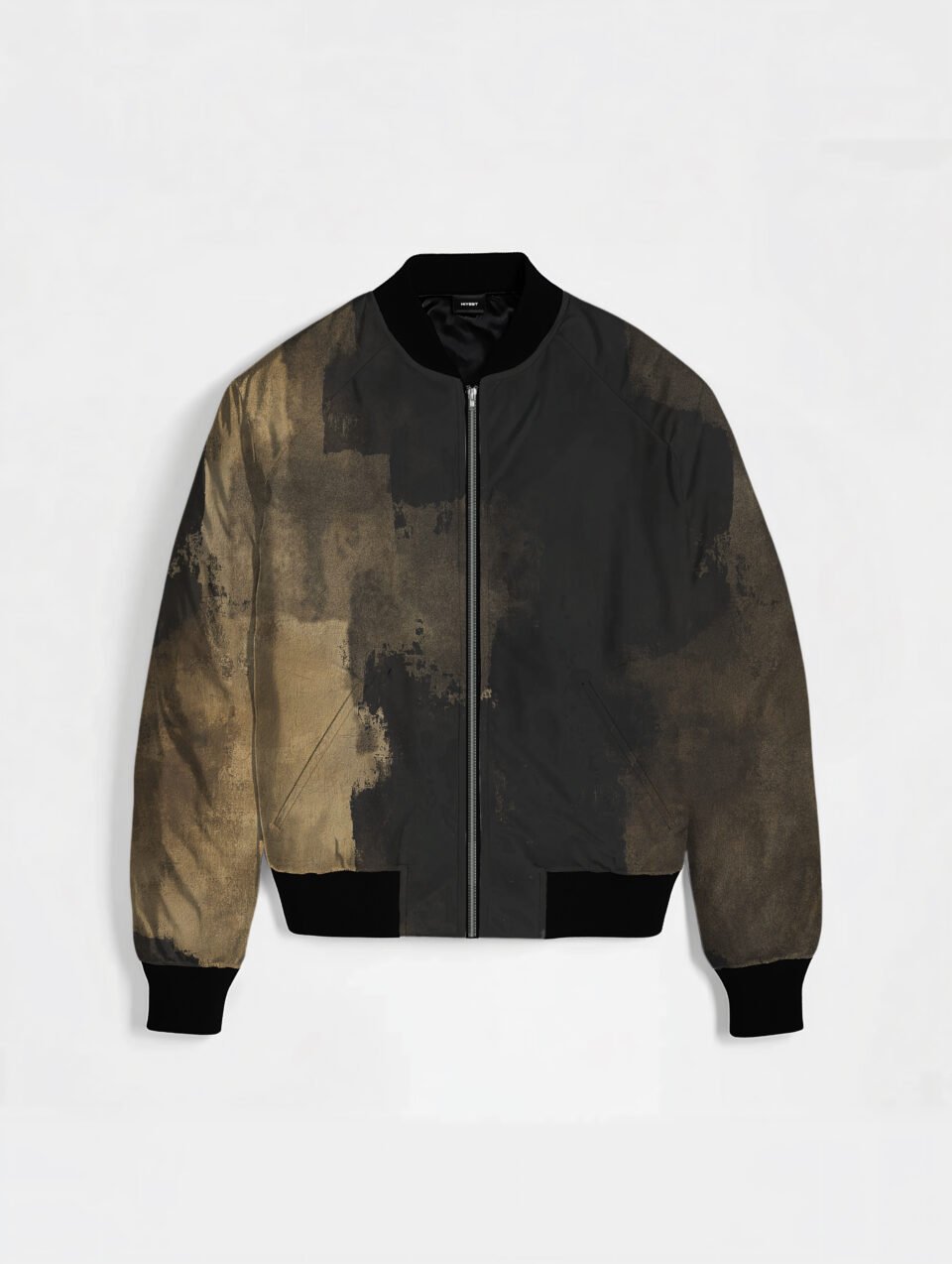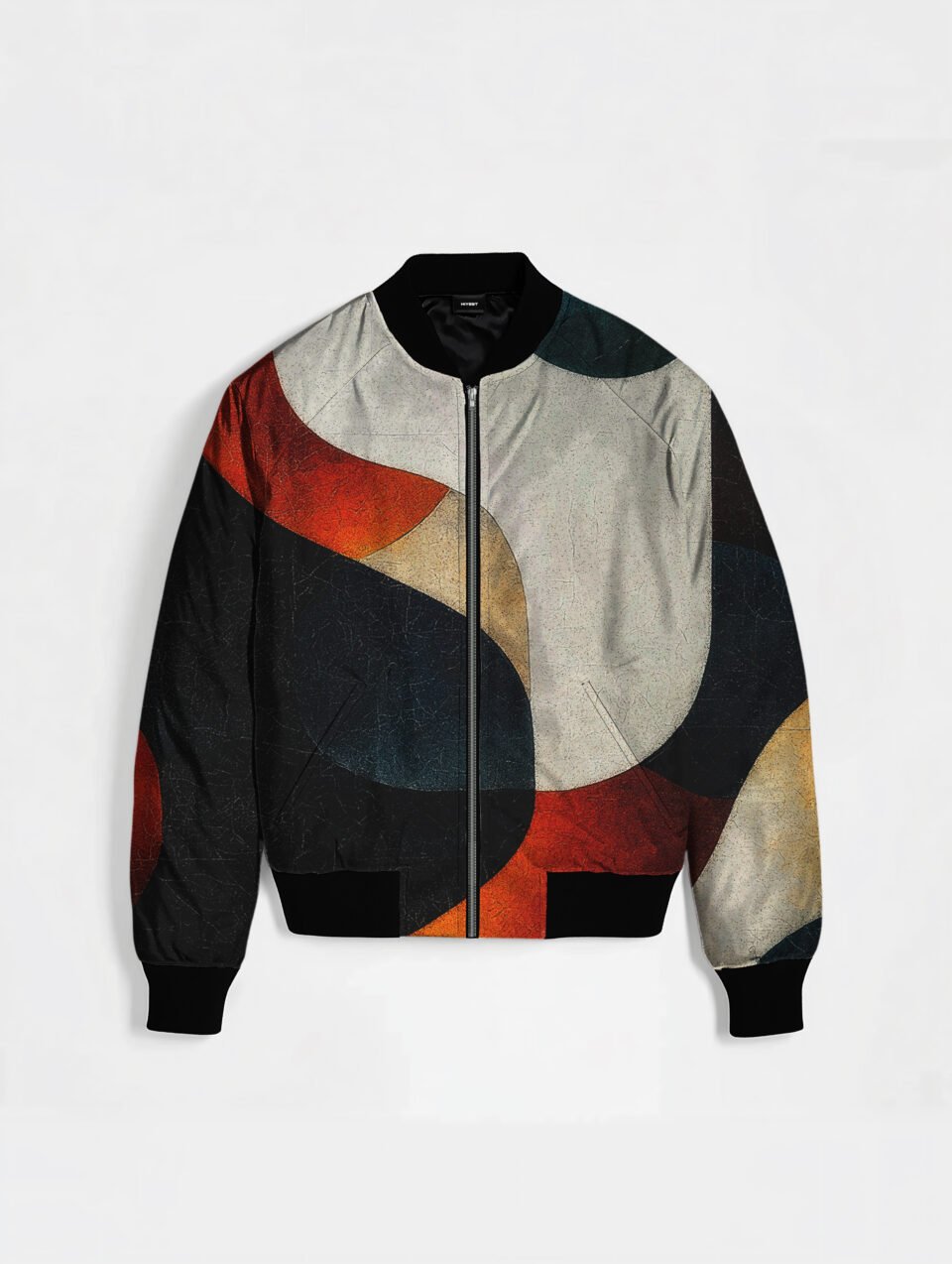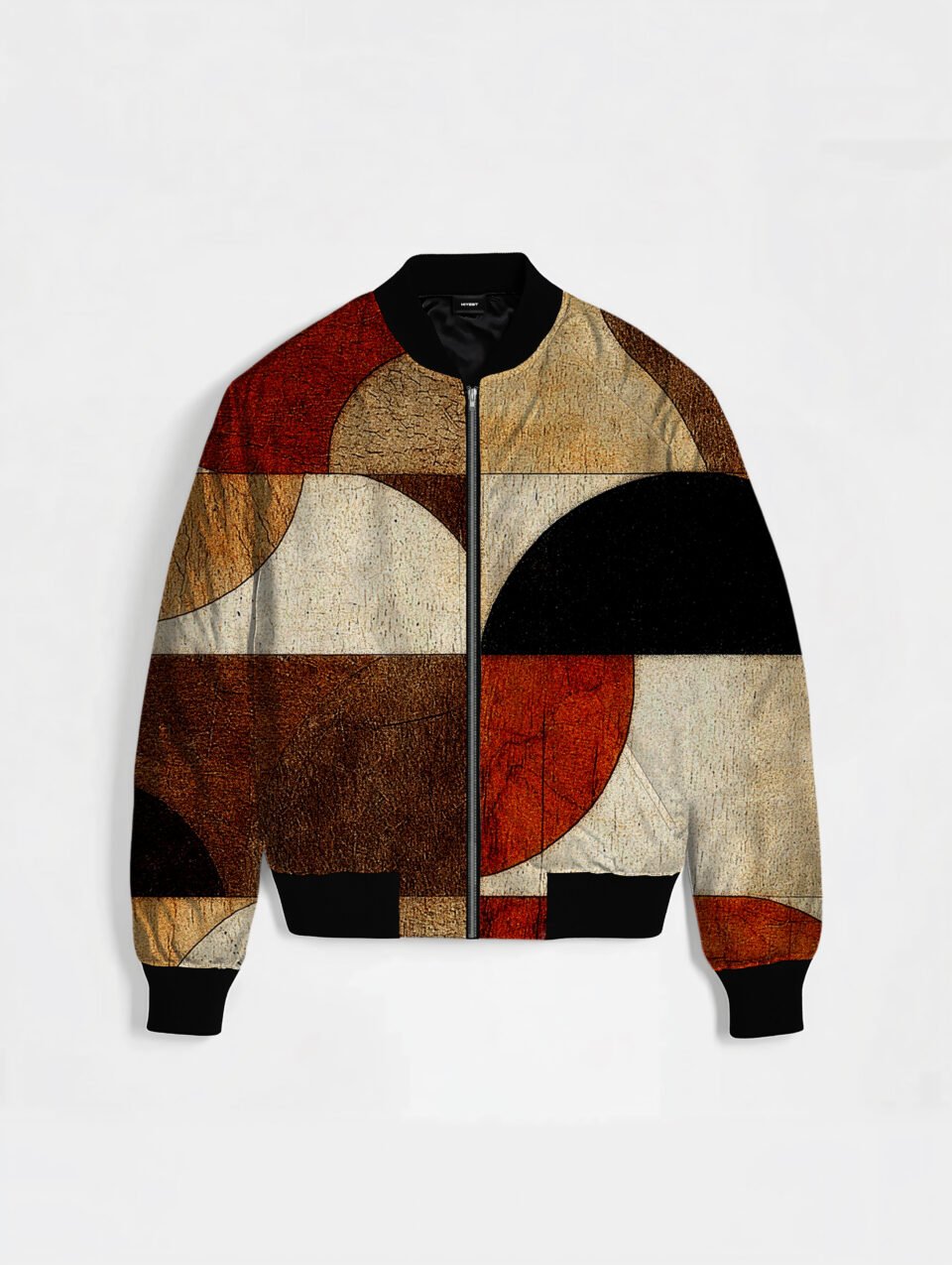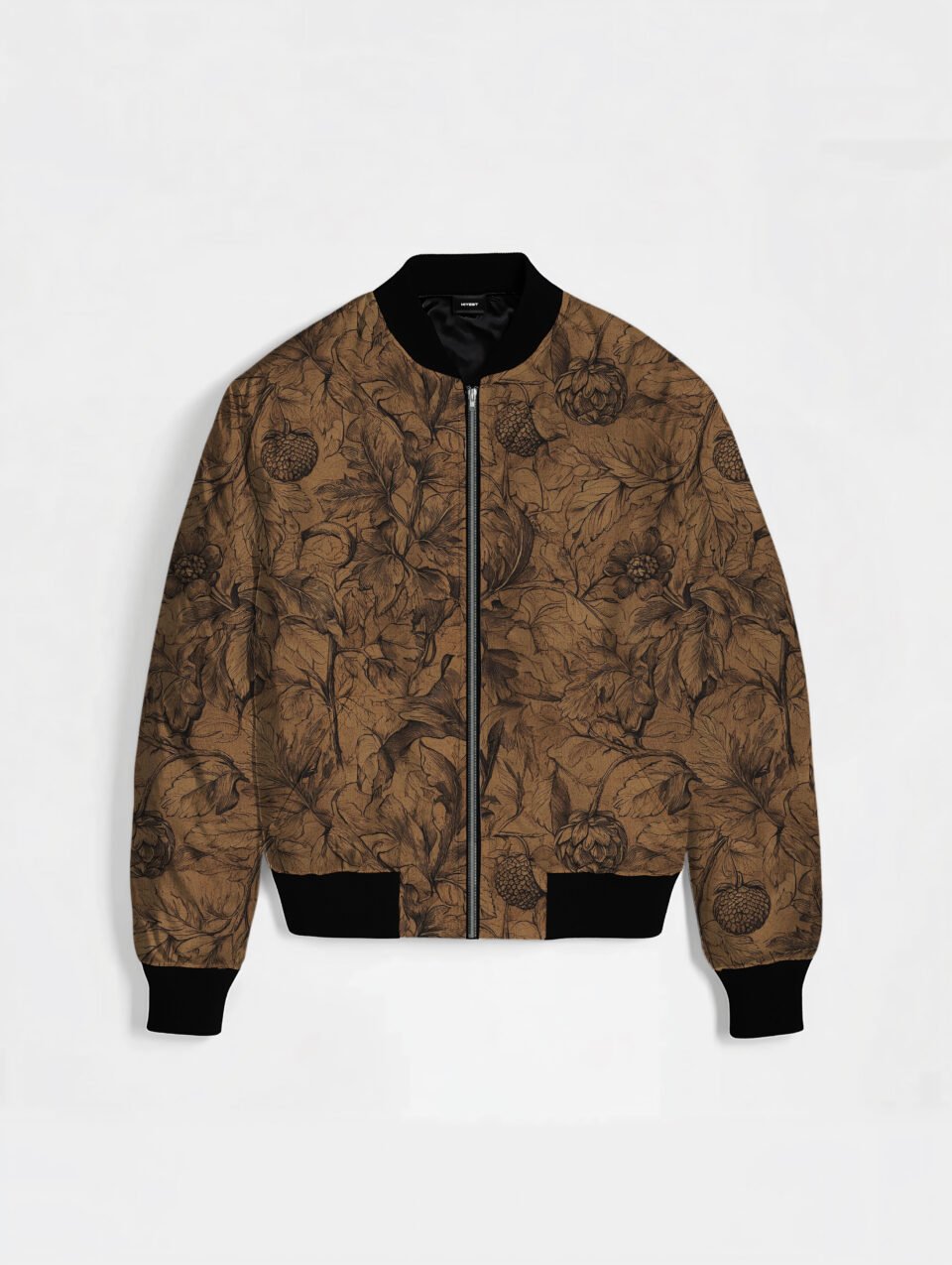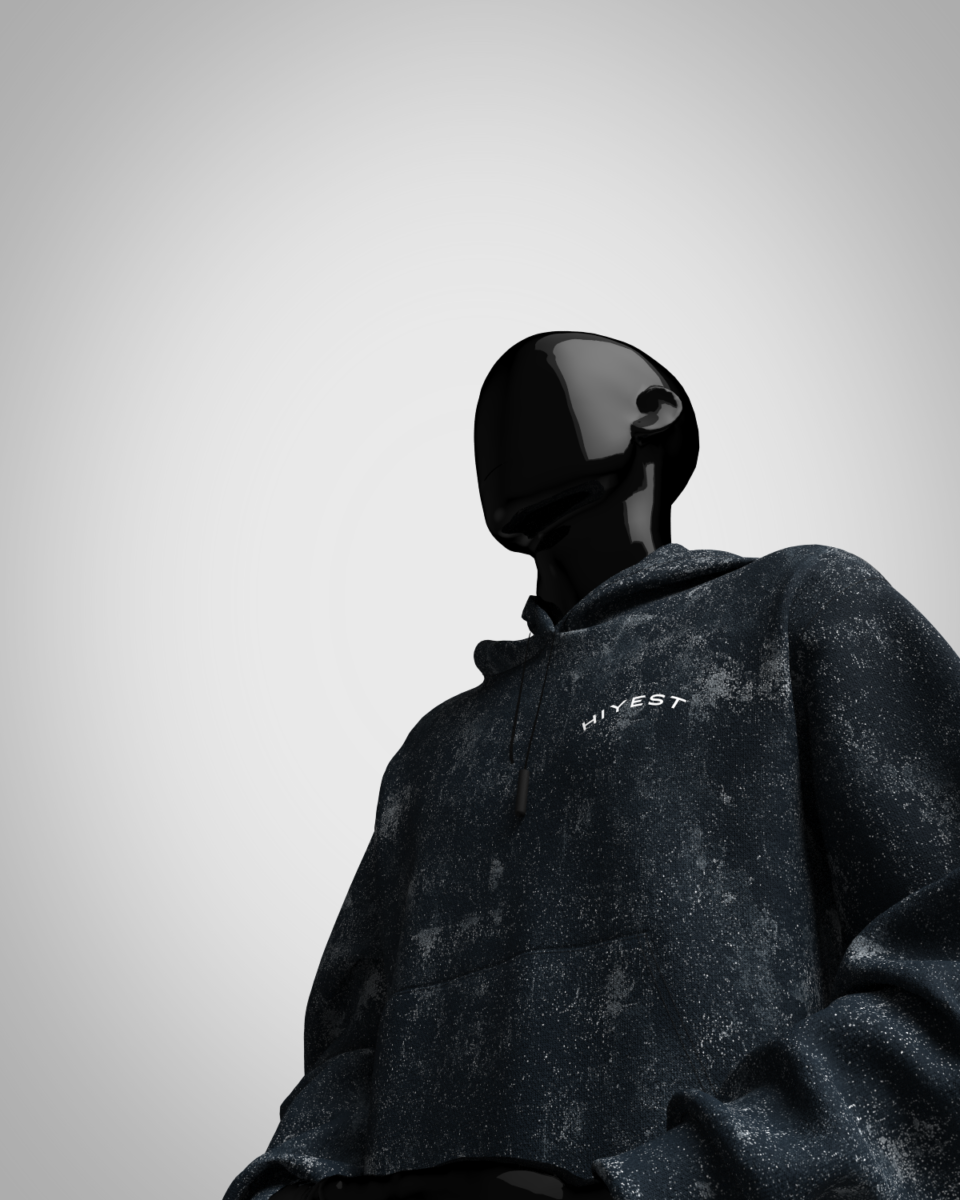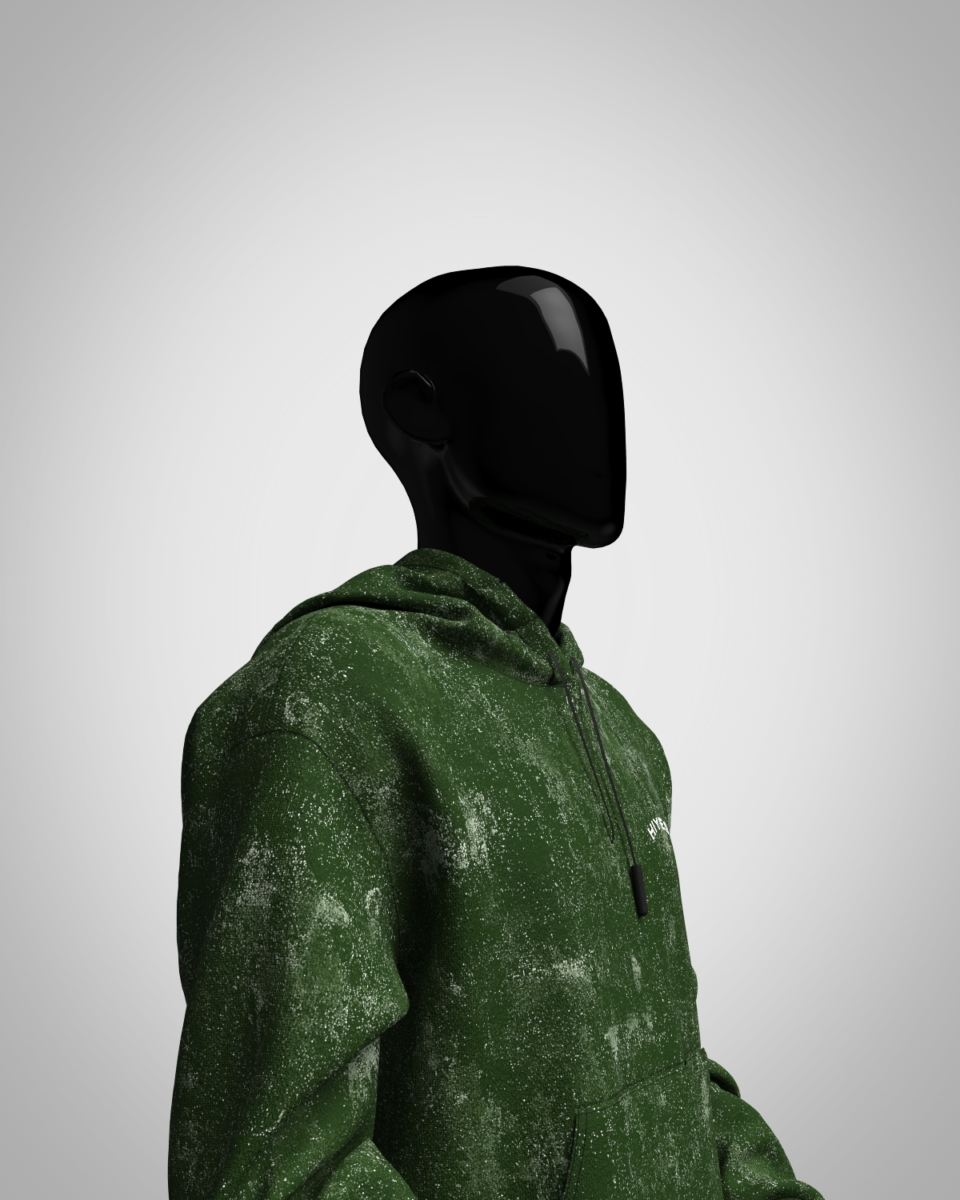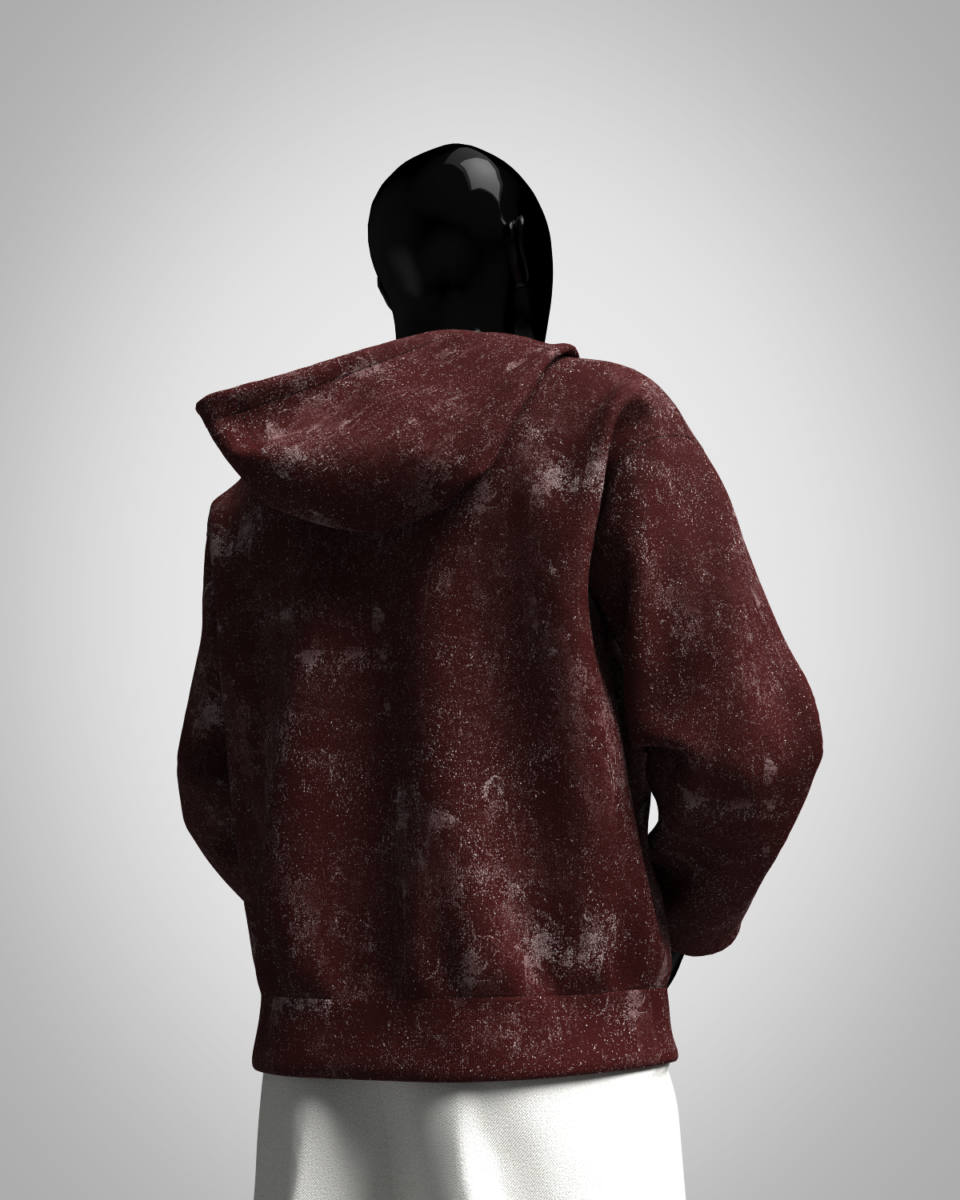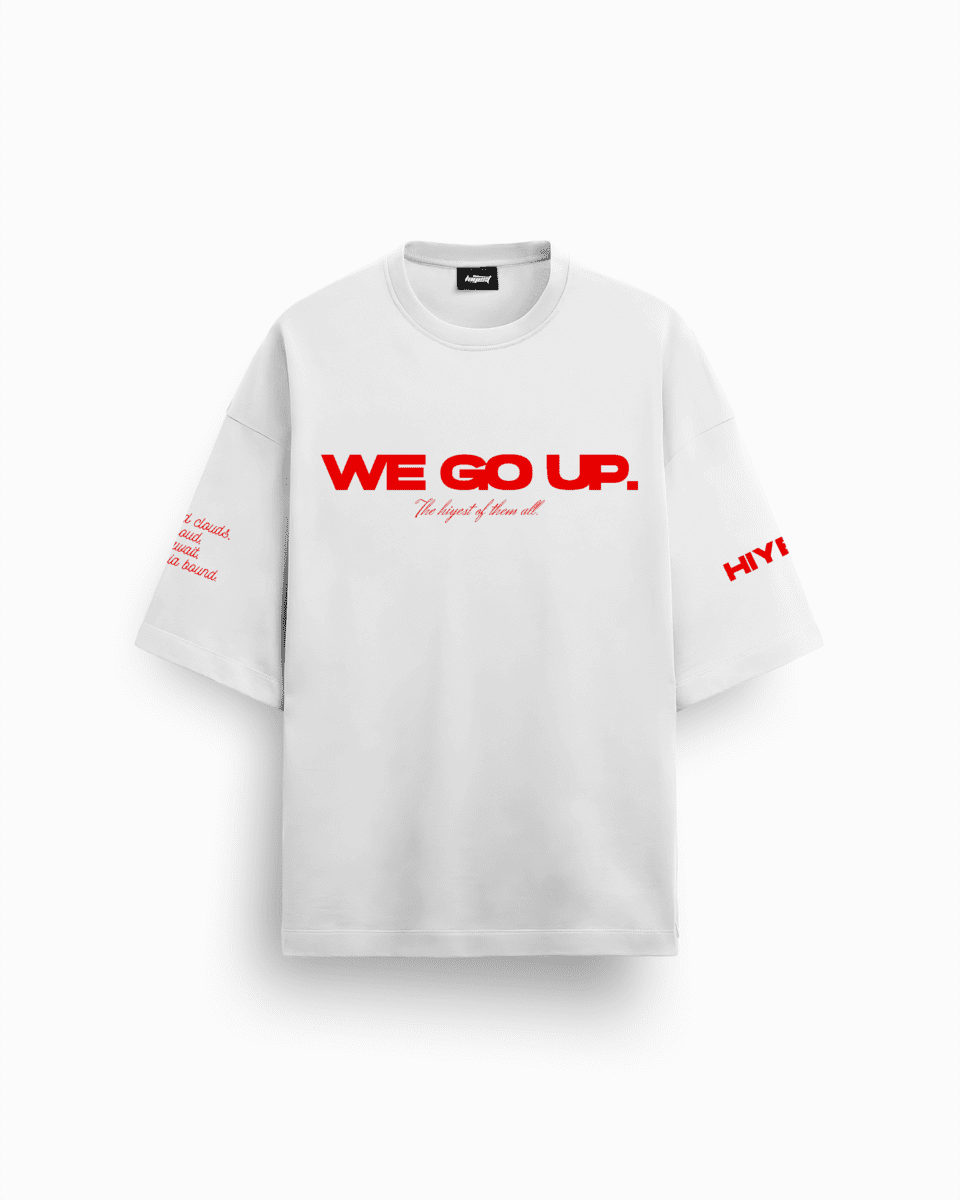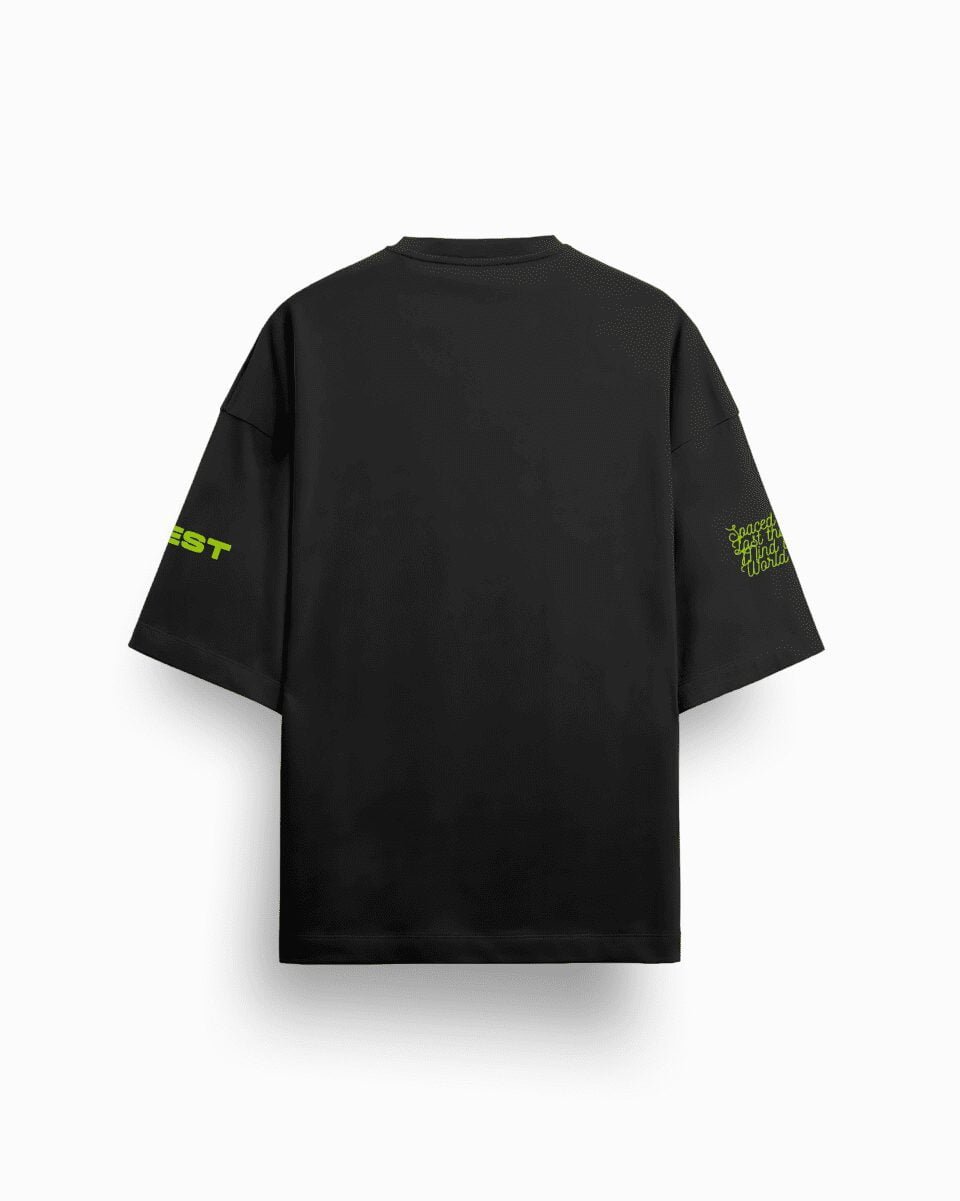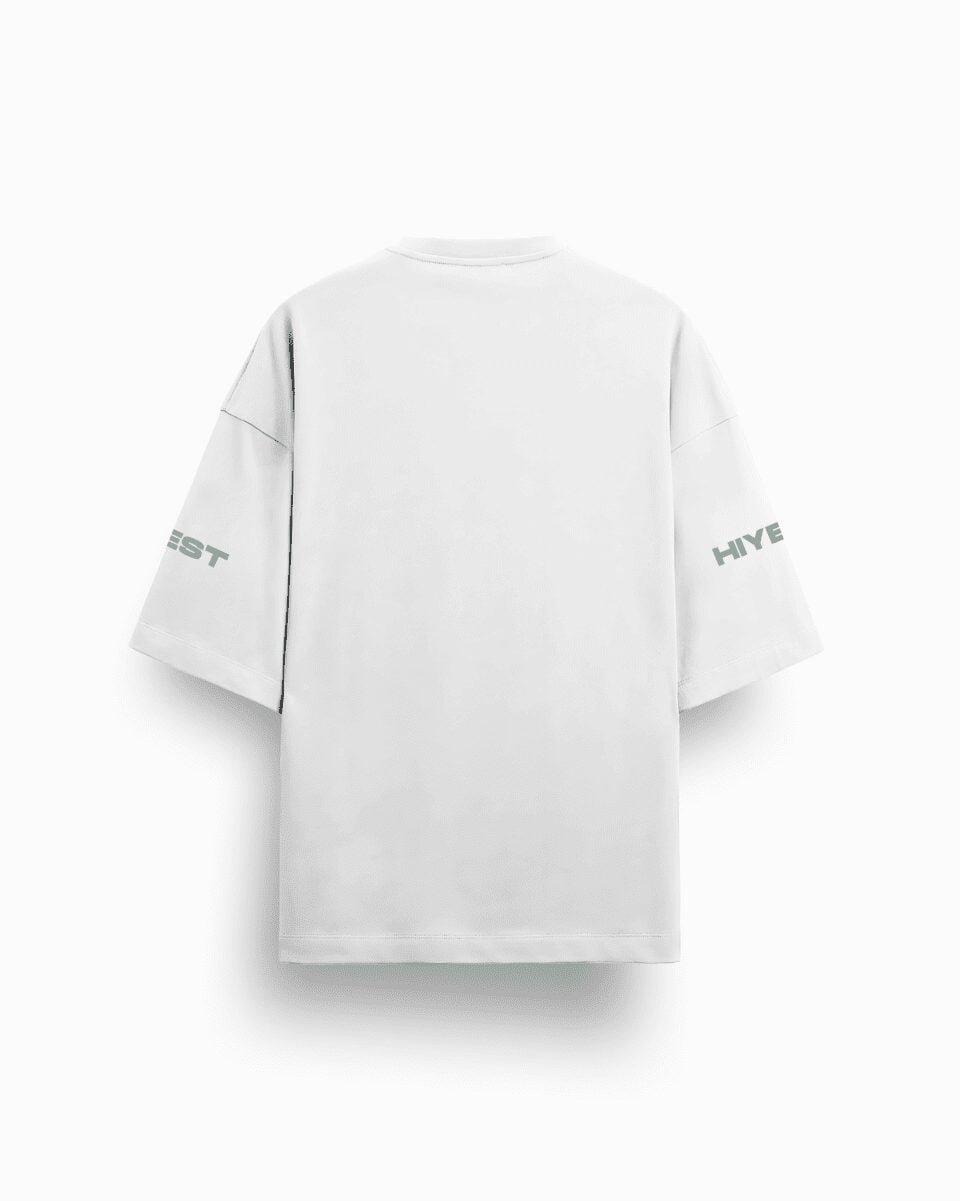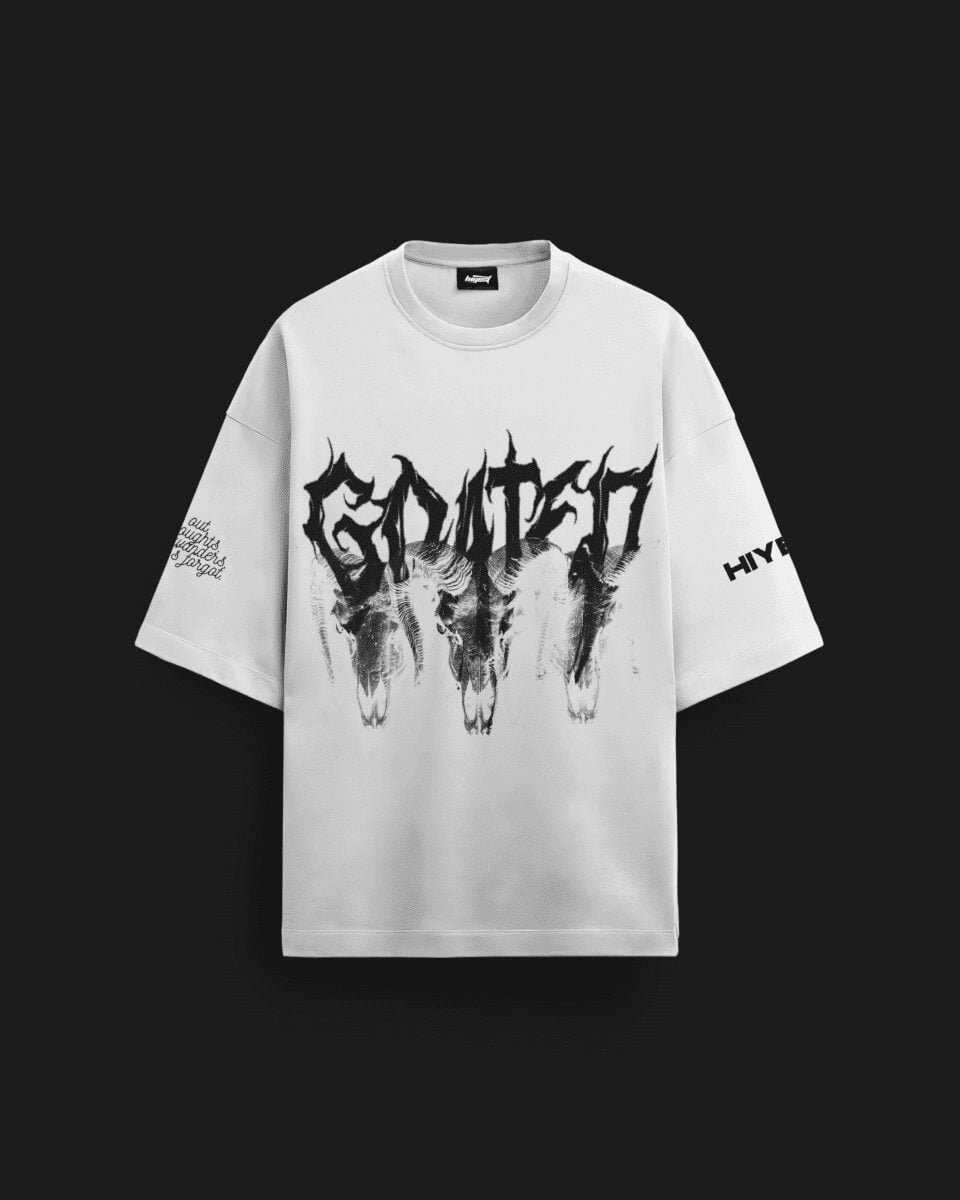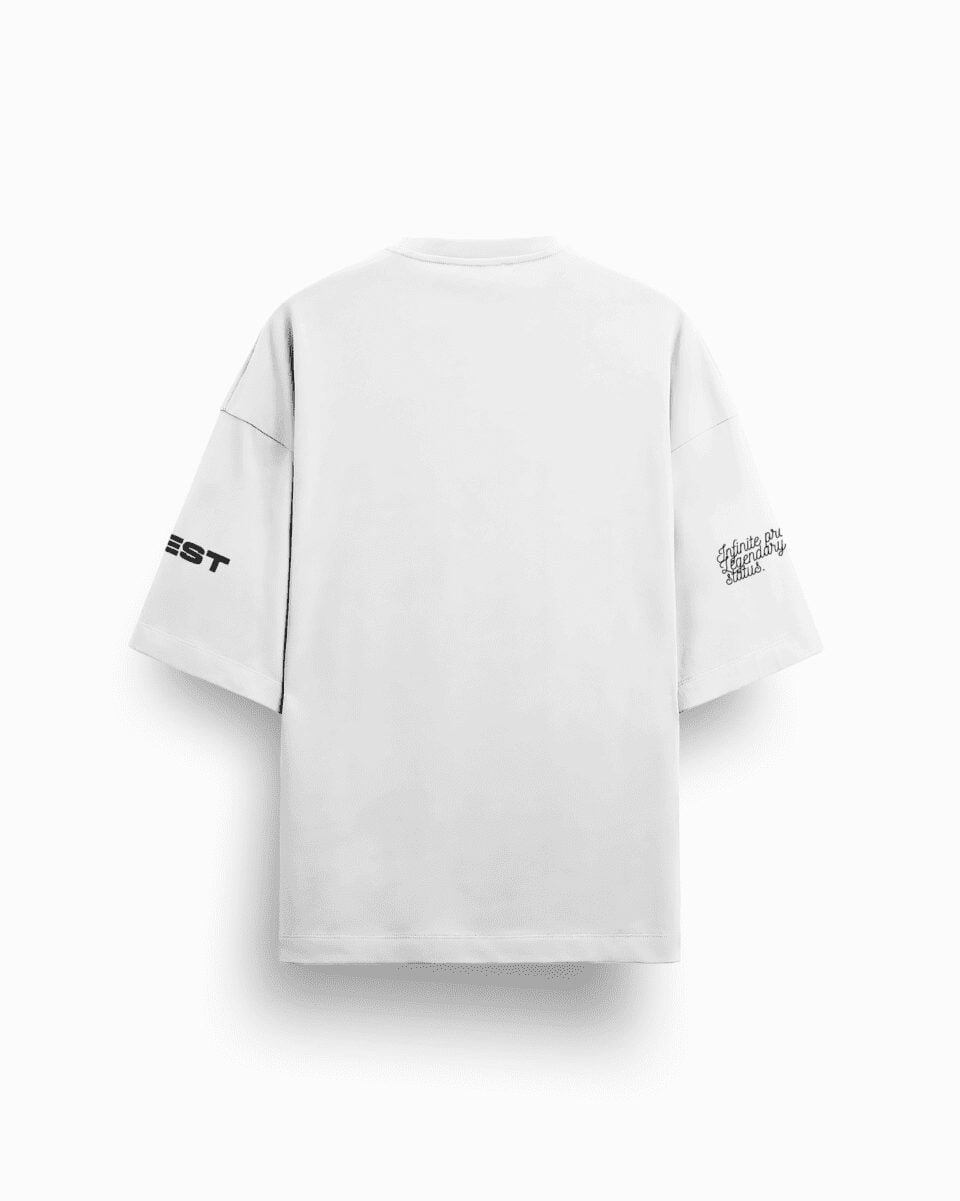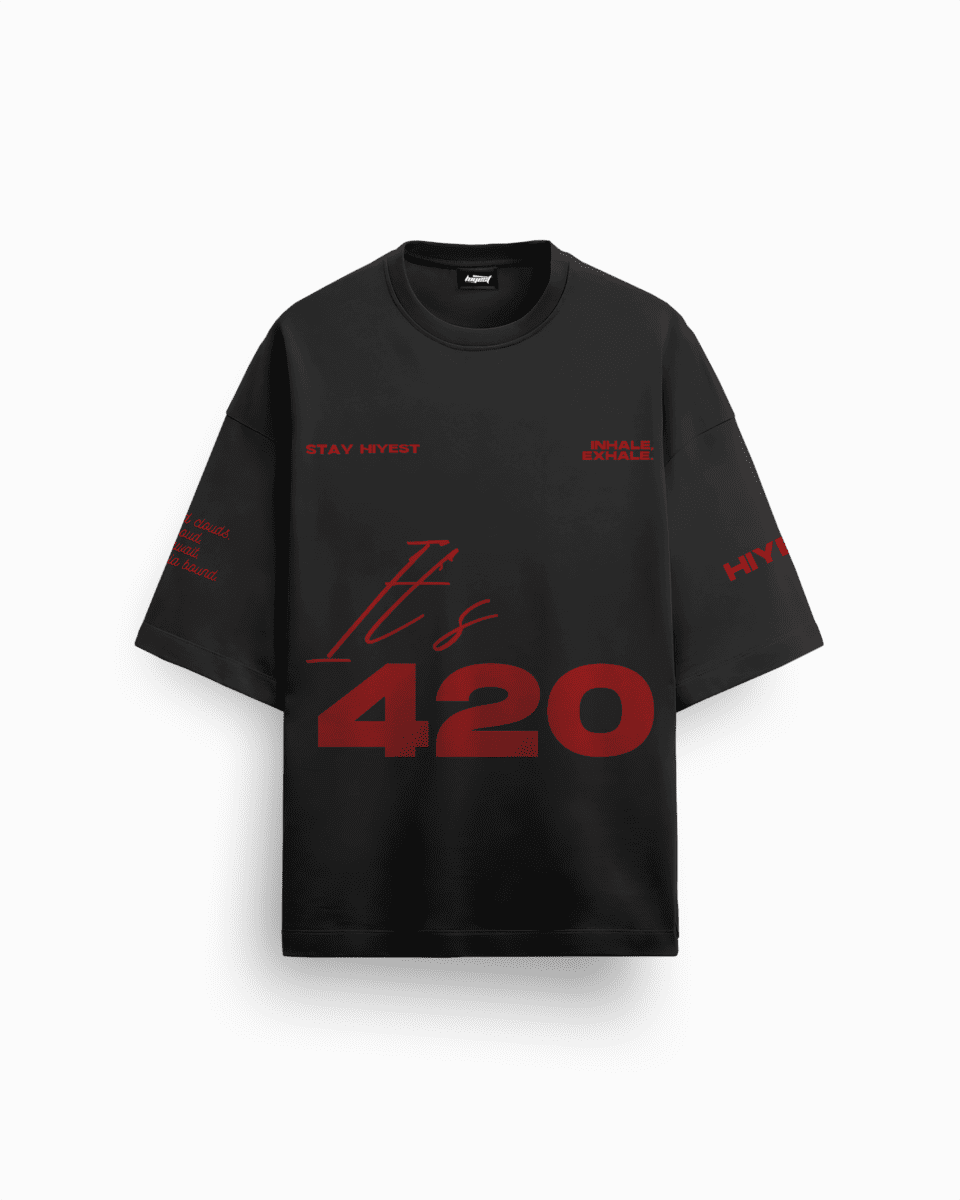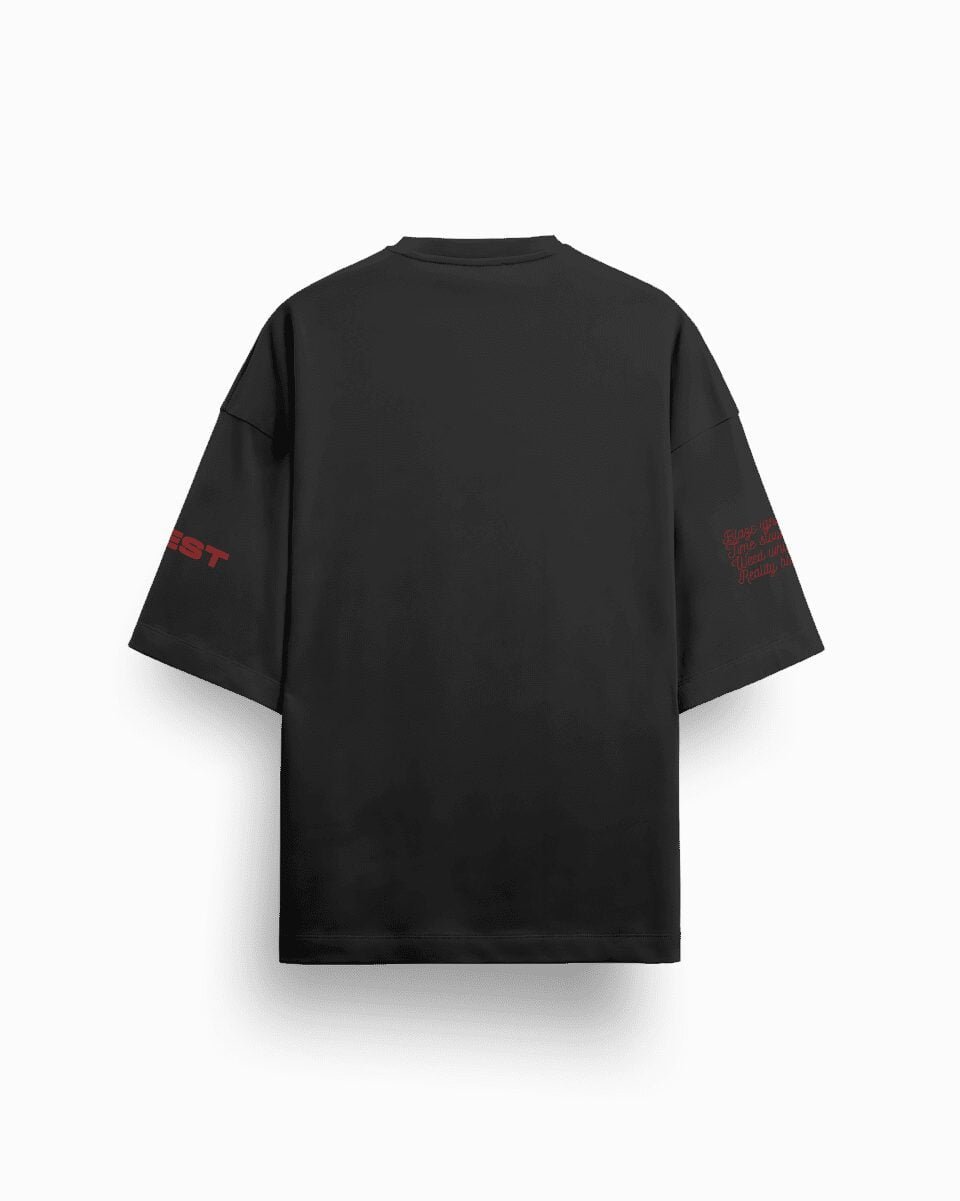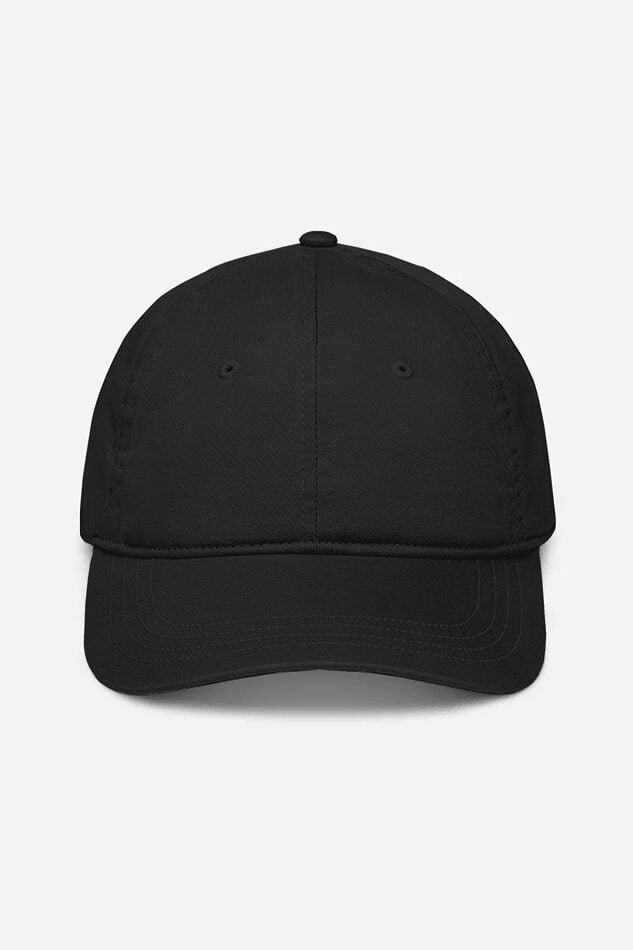Introduction
Streetwear, a once-subcultural phenomenon, has exploded into mainstream fashion, becoming a crucial part of the apparel market. Its elements define a generation that values individuality and creativity. This rise brings about the crucial debate between limited edition streetwear and mass market clothing, a topic that both excites and divides enthusiasts. So, why does this matter? The answer highlights the very soul of modern fashion culture: exclusivity versus accessibility, a tug-of-war shaping consumer behavior and the fashion landscape itself.
Understanding Streetwear Trends
The Rise of Streetwear Culture
Streetwear emerged from urban environments, encapsulating the spirit of rebellion and individuality. With roots in skateboarding, hip-hop, and other underground movements, it's not just clothing—it's an identity. Leading brands and influencers have been instrumental in bringing streetwear to the forefront of fashion. Brands like Supreme and Off-White have garnered cult-like followings, pushing streetwear’s boundaries and influencing global trends.
Mass Market Clothing: Accessibility and Affordability
Mass market clothing, defined by mass-produced and accessible apparel, makes fashion attainable. Retailers such as Zara and H&M exemplify this with their rapid manufacturing processes and cost-effective pricing strategies. This democratization means anyone can partake in fashion trends. However, it also raises concerns over quality, sustainability, and the very loss of fashion’s unique edge.
Limited Edition Streetwear: Defining the Phenomenon
Why Limited Edition Streetwear is Popular
The allure of exclusivity in limited edition streetwear lies in its scarcity. These pieces are not just clothing; they are collectibles and status symbols. Brands create a buzz through strategic scarcity that elevates a product’s desirability and drives intense consumer loyalty. A great example is the legendary drop of Nike's Air Yeezy sneakers, where limited quantities spawned massive demand, with resale values skyrocketing over 1000% above retail (Forbes).
Difference Between Limited Edition and Mass Market
To better understand their distinctions, consider the following attributes:
| Characteristic | Limited Edition | Mass Market |
|---|---|---|
| Production Volume | Very Low | High |
| Pricing | Often High > Resale Potential | Low to Mid-range |
| Distribution | Selective Channels | Widely Available |
| Consumer Perception | Exclusive, High-status | Accessible, Trend-driven |
How Exclusive Streetwear Impacts Fashion Trends
High fashion has recently embraced streetwear, evident in collaborations like Louis Vuitton x Supreme. This fusion blurs lines between luxury and street fashion and raises consumer expectations for exclusivity and originality. The demand for authenticity and creativity now echoes across all facets of the fashion industry. The streetwear market is predicted to witness an 8% annual growth rate, reflecting its influence on luxury fashion (Vogue Business).
The Mechanics of Limited Edition Releases
What Makes Limited Edition Streetwear Unique?
Designing limited edition pieces often involves collaborative efforts with artists, musicians, and other cultural icons. This not only enhances creative expression but ensures each release tells a story. It's these narratives that captivate consumers, instilling brand loyalty and driving phenomena like "hypebeast fashion."
Strategies Fashion Brands Use for Limited Edition Releases
Brands leverage numerous marketing tactics to spark anticipation and excitement. Techniques include:
- Collaborations with high-profile figures.
- Teasers and countdowns on social media.
- Exclusive events and pop-ups.
A stellar example is Adidas' collaboration with Kanye West, which saw their Yeezy lineup not only sell out but boost quarterly sales by 40% (Financial Times).
Impact on Consumer Behavior
Consumer Behavior in Streetwear Market: A Study
Examining consumer behavior reveals that many purchase based on cultural relevance and hype. Over 50% of streetwear consumers favor limited edition drops because they foster a sense of belonging and status within their communities (Highsnobiety).
Impact of Hype on Streetwear Sales
Hype is pivotal in streetwear sales, driven by forums, influencers, and strategic leaks. Social media platforms play a massive role, with 84% of enthusiasts following brands for timely updates on releases (Statista). This hype can translate into long queues, website crashes, and, inevitably, a thriving resale market.
Economic Implications of Exclusivity
Economics of Limited Edition Streetwear
The principles of supply and demand are vividly depicted in streetwear. While the limited supply hikes demand and price, it also encourages fluctuations in resale value. Items can become investments, with their value appreciating post-release, encouraging both collectors and resellers.
Value of Limited Edition Products
Beyond immediate resale value, limited edition items hold cultural significance. Some view them as art, given the careful curation and storytelling. However, while potential for appreciation exists, it’s essential to recognize speculative risk.
Cultural and Market Implications
Influence on Niche Fashion Markets
The rise of limited edition streetwear influences niche markets by cultivating a culture that values rare and distinct goods. This trend has given rise to marketplaces dedicated exclusively to such items, further entrenching their role in shaping niche fashion landscapes.
Role of Hypebeast Fashion in Streetwear Evolution
Hypebeast culture plays a critical part in streetwear's evolution. It’s characterized by vigorous brand loyalty and status through fashion. This community's purchasing power and robust engagement with brands underscore the shift from traditional marketing to more dynamic, consumer-involved processes.
Challenges and Sustainability Concerns
Is Limited Edition Streetwear Sustainable?
Sustainability challenges arise with the production methods and environmental impact often associated with rapid trend cycles and limited runs. Ethical implications also surface regarding labor practices and resource wastage compared to mass market economies of scale.
Challenges in Balancing Exclusivity with Environmental Responsibility
Brands are exploring innovative practices to reconcile exclusivity with sustainability. By using eco-friendly materials and transparent supply chains, they strive to adapt to an increasingly eco-conscious consumer base seeking both unique and environmentally responsible items.
Conclusion
In summation, limited edition streetwear holds a magnetic appeal for its exclusivity, while mass market fashion offers accessibility and affordability. For consumers, the choice is becoming increasingly reflective of personal values and individual identity in the fashion space. With awareness, consumers can navigate these two worlds, making informed and conscious decisions that reflect their role in the ever-evolving fabric of streetwear culture.
FAQs
What strategies do brands use for limited edition releases?
Brands utilize collaborations, exclusive events, and strategic social media marketing to drum up anticipation and amplify hype.
Why do fashion brands release limited edition streetwear?
Limited editions create a sense of urgency and exclusivity, driving demand and establishing prestige for the brand.
Fusing these insights, responsible consumption becomes not just a possibility but an exciting journey into the depths of modern fashion complexities. Explore your style with Hiyest Hoodies, Oversized T-Shirts, and Jackets as you journey through the evolving landscape of streetwear.


